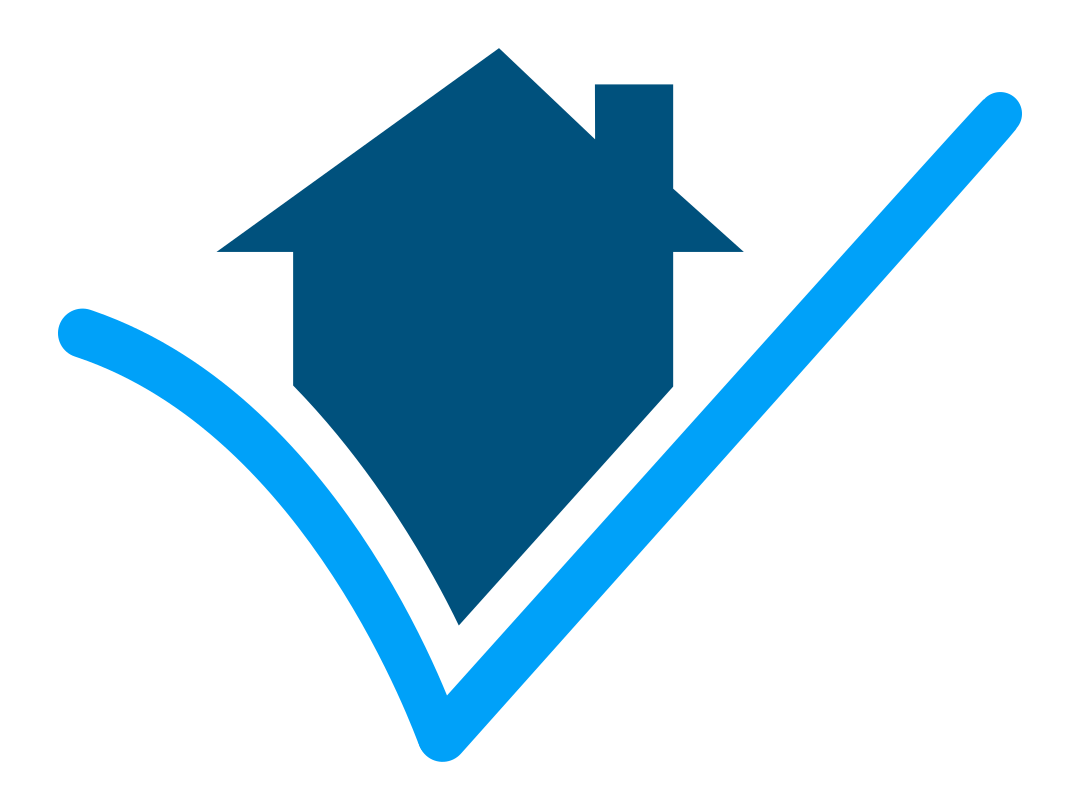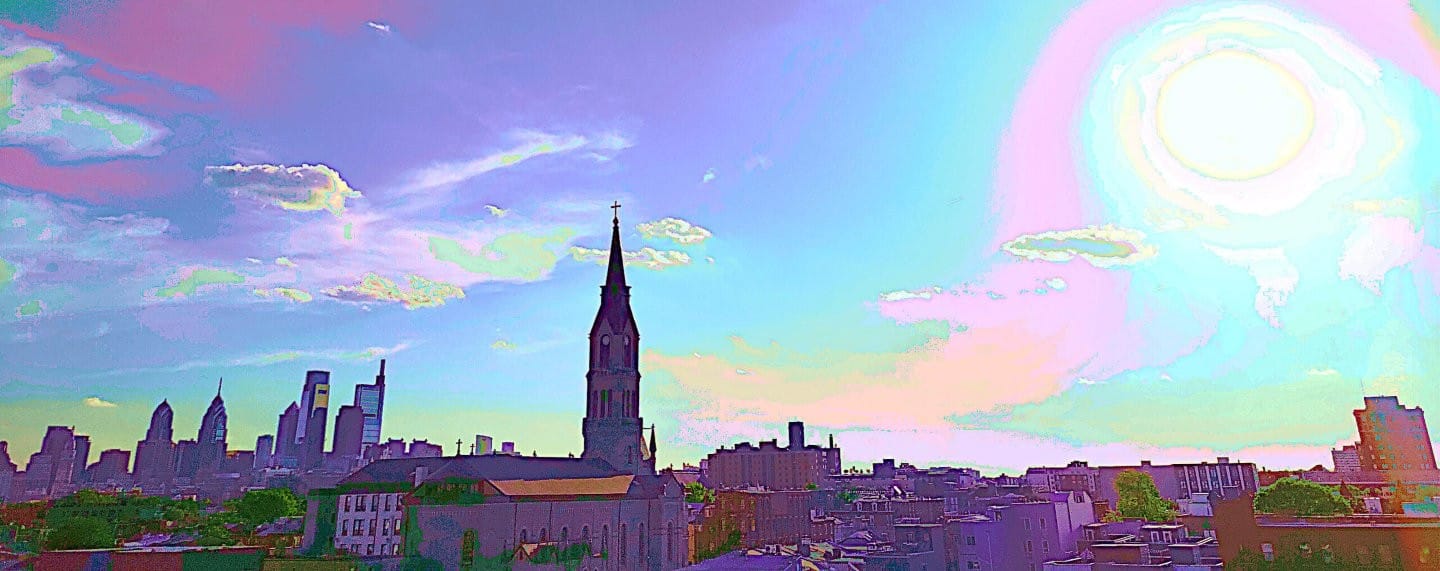Happy New-ish Year! As Philadelphia slowly emerges from the eggnog fog into the harsh winter light, it’s time to discuss what’s on everyone’s mind: the Eagle’s depressing passing attack, which could doom the league’s most talented roster and best defense. [Note: after we posted this article, they scored 55 points in the NFC Championship game. Go Birds!] [Extra note: after that, they went up 40-6 in the Super Bowl and coasted to victory. I guess the passing attack was secretly unstoppable the whole time? Fly Eagles fly!] But since this is the Permit Philly blog, we will instead discuss some notable developments in local law: the top five Philly code changes coming in 2025.
1. The Sixers New Arena… in South Philly
As everyone knows by now, the 76ers scuttled plans for a new Center City arena on January 12. The Center City arena plan had just been approved by City Council and loudly championed by the Parker administration, but after all the protests and hearings and presentations, the Sixers decided to stick to the same neighborhood. They’ll still get a new arena, of course; but it will remain in the existing sports complex.
There are now two areas in the city affected by all the deals: the existing stadium district, and the Center City area that Council just re-zoned in December 2024. Just before Christmas, Mayor Parker signed eleven bills to create a new basketball palace right in the middle of town. No basketball will be played there, but the zoning laws are still in effect: Laws to remove the area reserved for the arena from the taxable area of the Fashion District mall; allowing the developers of the area to get an effective, if not technical, tax break. Laws to remove sections of street from the map, so long as the new owners of the stretch fork over a stunning two hundred United States Dollars. Laws to allow supersized signs in the arena area.
Now, these laws are pretty explicit about their purpose: their supporting documents reference the arena and even the specific companies created by Sixers’ ownership to build the arena. So it’s not like the Sixers bought a chunk of Center City at a discount and can do whatever they want with it. But… it might be a little bit like that.
Meanwhile, the lords of the South Philly sports complex – business titans convinced to use their words by the world’s preeminent rich-dude babysitter – have grand but so far quite vague plans for the sea of asphalt in their domain.
Only thing certain: we’ll find out how large chunks of Philly are actually zoned, and what they’ll even look like, over the next year.
And we have an immediate update: City Council appears to be repealing some of the laws governing the abandoned arena site
2. Philly’s New Building Codes
This one is less of a surprise than the arena move: the City of Philadelphia’s new building codes will go live in July 2025. At that point, any construction plan will have the option to use those codes; but starting 2026 every construction plan must use the new codes.
A little background: every three years, the main organization that creates model building codes in the U.S. — the International Code Council – updates their codes for all construction (including plumbing, electrical, HVAC, and sprinkler work). States or cities, in turn, adopt versions of these codes for their use – typically with extra rules added on. The local code changes don’t have to happen when the ICC updates its codes, but states or cities typically set their own regular code turnover.
Well, it’s PA’s turn: the Commonwealth is moving to the 2021 version of the I-Codes – shorthand for the whole suite of ICC codes – with some changes to add spice (collectively, the ICC codes of the selected year and the PA additions are the “Uniform Construction Code”). Philadelphia will add further regulations to its version of the codes, as it always does. When this process is complete, all new construction work – from single-family rehabs to new industrial projects – will have to abide by the newly-updated code.
If you’re not sure what those new rules are, keep up with our blog – we’ll examine the 2025 code changes in depth as we get closer to July. If want a second set of eyes to check code compliance, contact us!
3. Philly’s Crackdown on Grandfathers! (not literally – let us have fun here)
Note: six months into the year, the bill described in this section was put on hold. See more details here.
At Permit Philly, clients and leads ask all the time about “grandfathered” uses: they’ll say an old building has been a clothing store for decades, so of course that store is grandfathered in by the code… right? That triplex has been there since the 40s – surely it’s grandfathered in!
The answer is everyone’s favorite: it depends. (The people go nuts for that answer. A real crowd-pleaser.)
It depends on the circumstances and documented history, mostly, because there’s no general rule out there – in practice or in the Philadelphia Code – that you can just use the building the way it’s always been used without specific proof of that use. You can’t necessarily even keep the size of a building, if you’re trying to renovate an old structure in a way subject to current zoning rules.
We’ve kept a lot of uses (and buildings) legal when they might have otherwise been abandoned, so if you are worried about your parcel or building, give us a shout! But do it soon, because early in 2025, City Council is almost certain to change the Philly zoning code to smoke out grandfathered uses.
Yes, Council is currently considering Bill 2024042700, which seeks to “discourage and eventually eliminate non-conforming [meaning, grandfathered] uses and structures City of Philadelphia because they are detrimental to the orderly development of the City[.]”
The specific mechanism of this change isn’t quite as dramatic as the language: the bill basically says that any time someone stops using a “nonconforming” building, or gets a permit to change its shape or use, the building is subject to current zoning and building codes. This is kind of how it already goes, but this code change would likely lead to (1) new Licenses and Inspections guidelines making it harder to maintain old uses, and (2) harsher interpretation of edge cases. Meaning: when it’s kind of hard to decide which parts of the Philly Code should apply, or the paper trail is a little vague, City Council is telling L&I to always choose to eliminate the old, grandfathered use.
As of this writing, the bill isn’t approved, but there’s basically nothing in its way: Council is just about certain to add it to the Philly Code and make it that much harder to maintain a non-conforming building.
4. Philly’s Crackdown on Unlicensed Contractors
We’ll cover this in more detail in a later post, but the summary for now: make sure your contractors are licensed!
Starting in summer 2024, L&I started to publish their fines. Between July and October alone, they fined property owners and contractors almost $250,000 for working without a license or OSHA card – or simply for not listing sub-contractors on legal permits.
Then, in December 2024, L&I began outright “withholding permits from contractors who fail to pay fines related to their Contractor’s License.” This basically means that once L&I fines you, they won’t approve you to do anything in Philly until you pay the fine, even if your work meets Philly code standards. The easiest way to avoid this: stay licensed, and hire licensed subs. If you’re not sure how to get licensed in Philly – or just don’t have the time to take care of it yourself – get in touch! We handle license applications and renewals all the time.
5. Philly’s Permit and License Fee Increases
Okay, breathe: this one’s a lot less dramatic!
The Department of Licenses and Inspections has increased their fees – the first time they’ve done so since 2023. This change is already in effect: the new fees kicked in on New Year’s Day.
This won’t really affect smaller development or DIY projects, but it could tighten the margin for larger development. For example, the old formula for an addition fee was as follows:
$232 for the first 500 square feet of any addition, then $67 more for any addition over 500 SF, and another $67 every time the addition crossed an extra 100 SF.
This meant if you wanted to create a 701-square-foot addition, you would pay that $232, plus $67 for crossing the 500 SF limit, plus $67 for crossing 600 SF, and even $67 for going one square foot above 700: $433 total. (Super easy to follow, right?)
Now, the formula structure is exactly the same, but the numbers are up just over 8% across the board: $253 for that first 500 square feet, then $73 every time your square footage crosses 500 any other multiple of 100. This means our $433 permit from December 31, 2024 is now $472. This is fine for the 701-square-foot addition, but something to watch for large development projects or industrial renovations.

